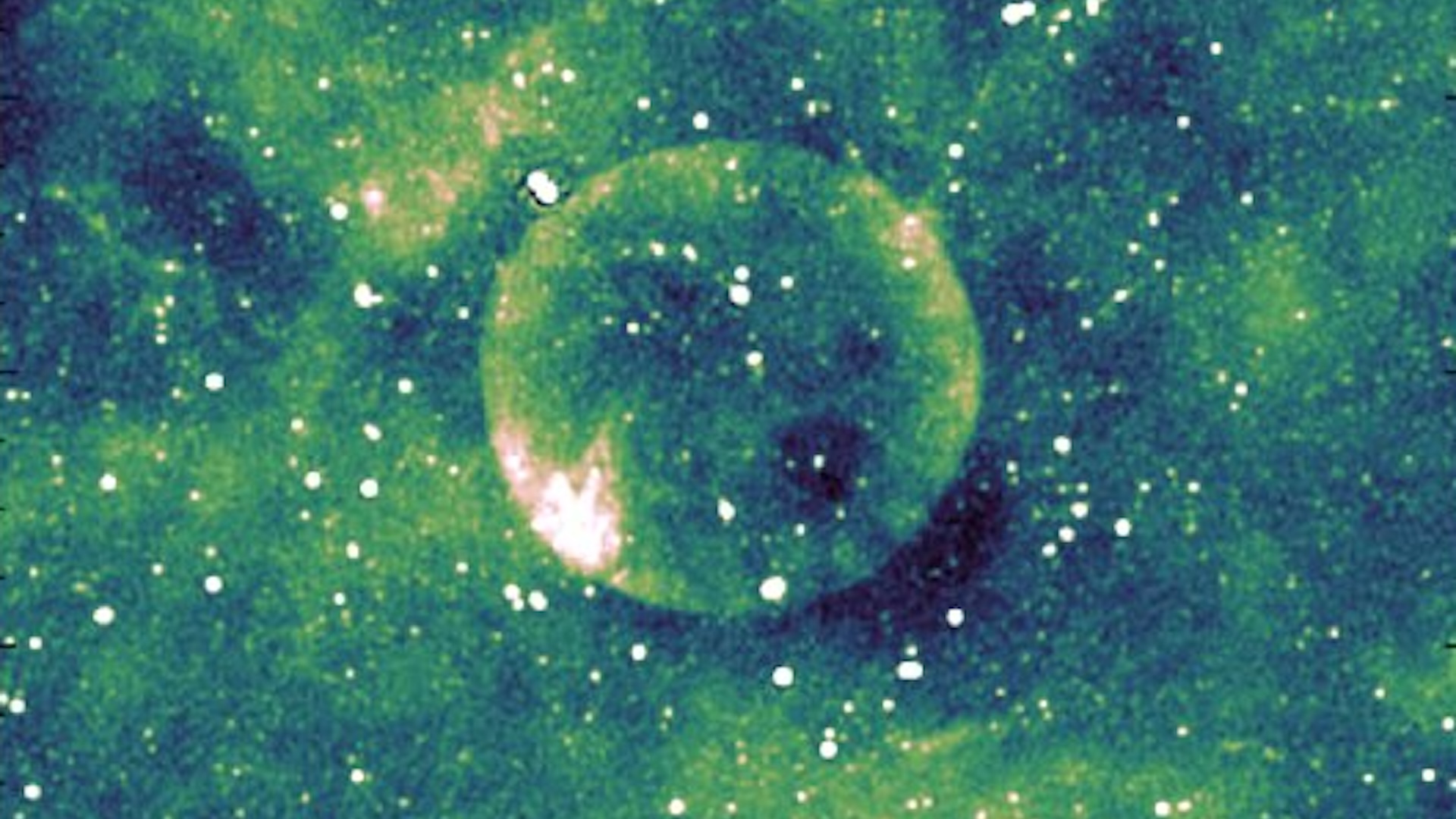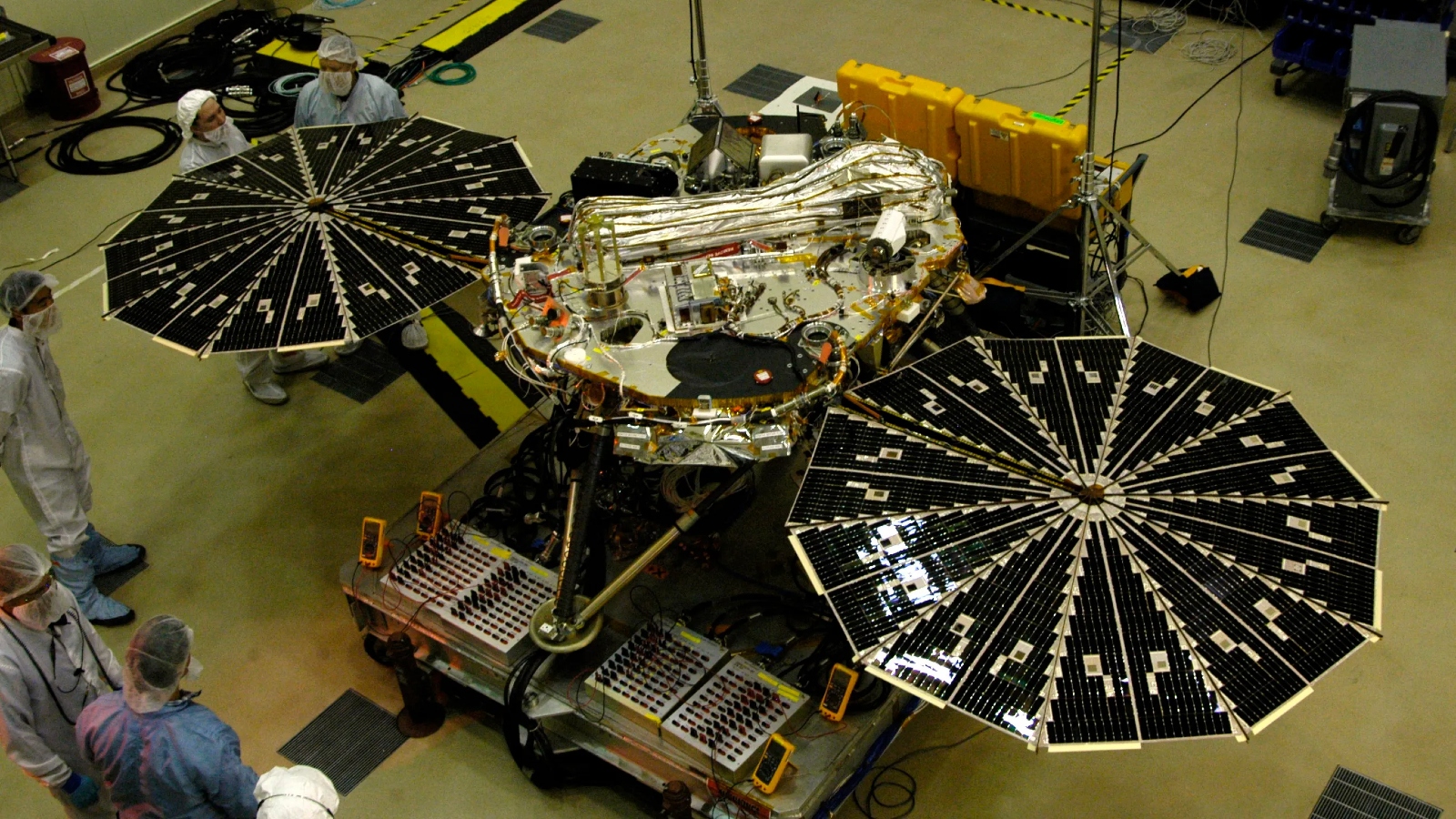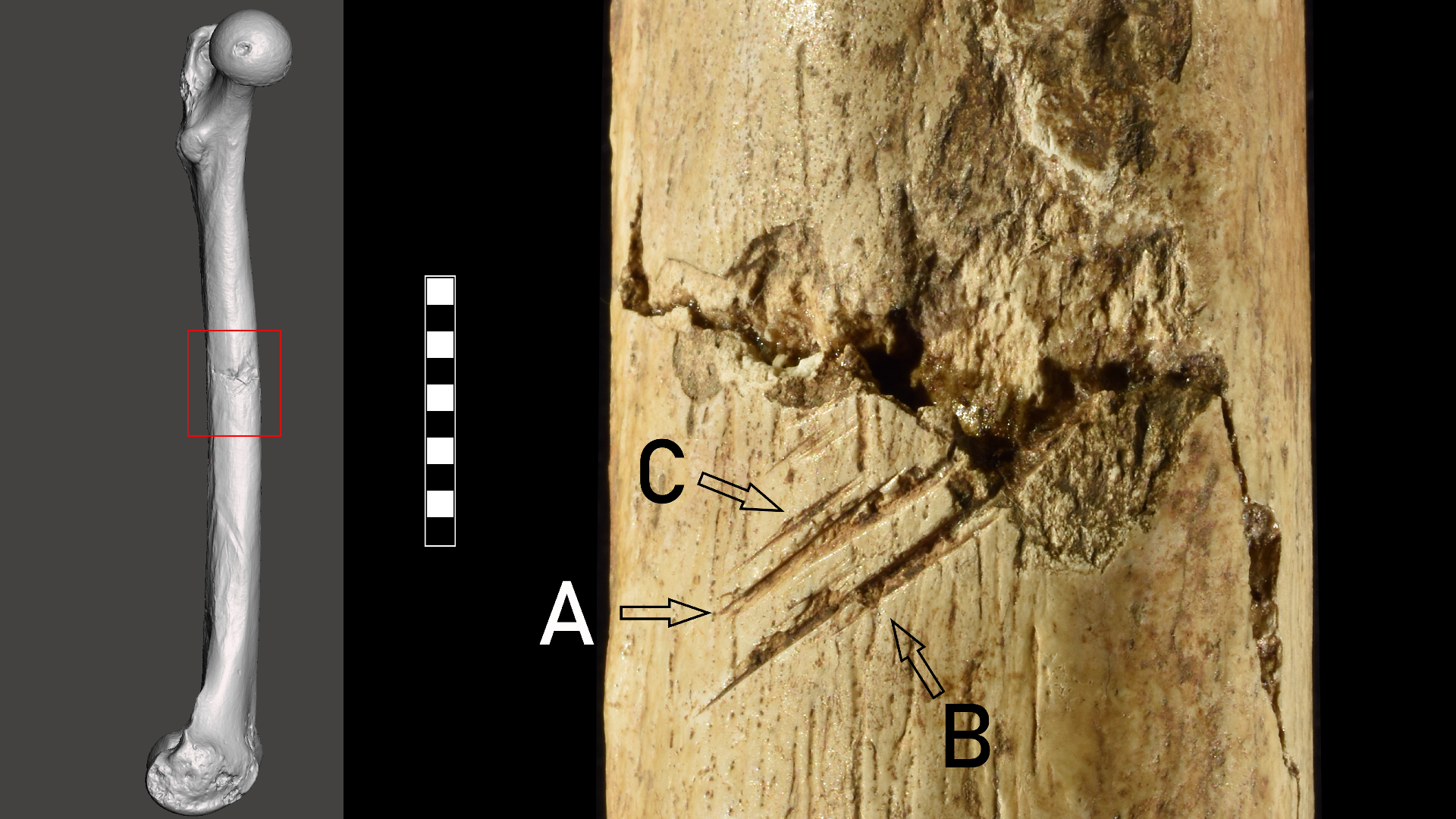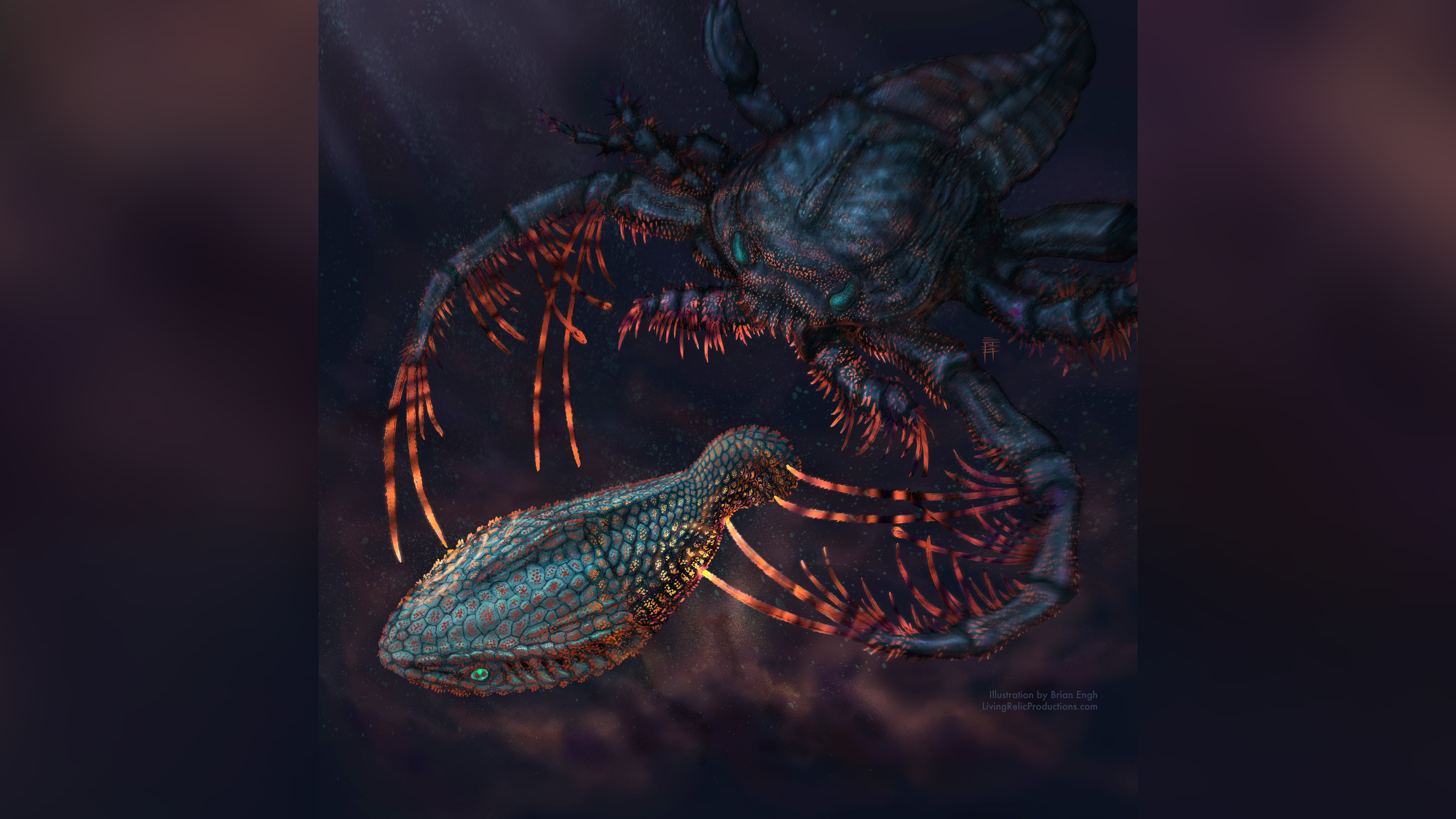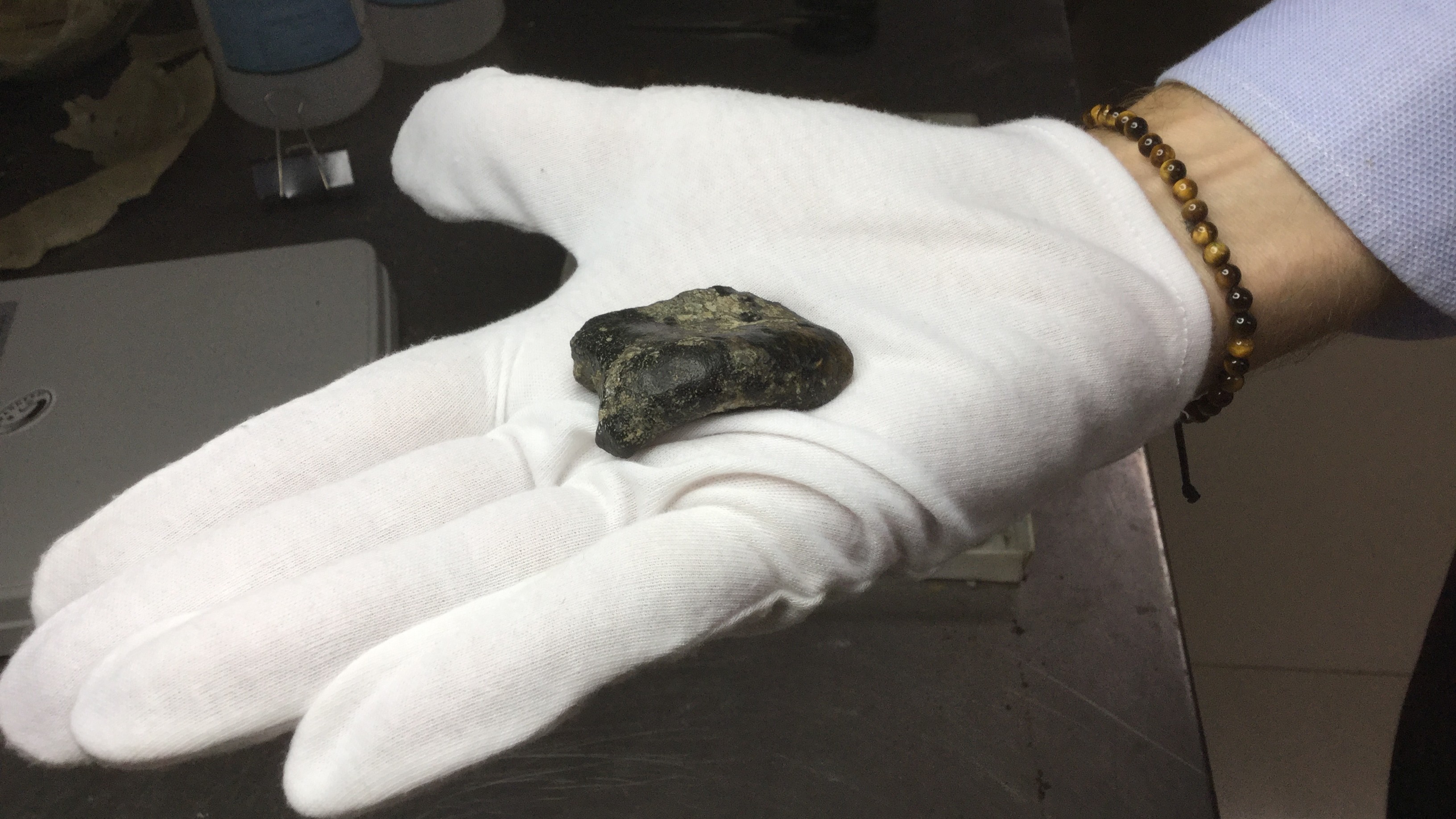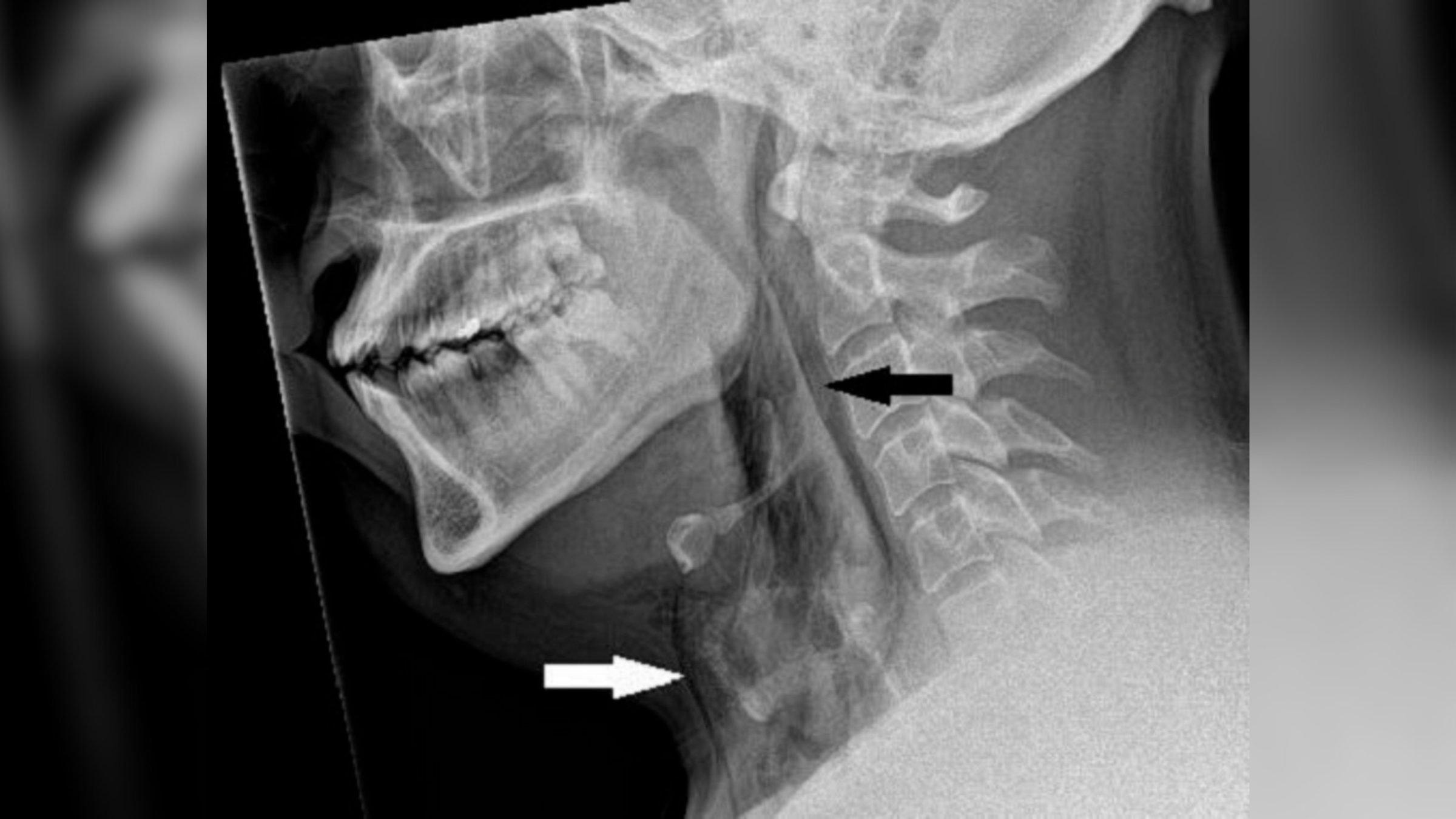Astronomers have discovered the eerie remains of a supernova with an almost perfect spherical shape glowing faintly on the outskirts of the Milky Way. However, they are unsure exactly how large and how far away the ghostly orb is — or how it got its unusually symmetrical shape.
The scientists named the object G305.4–2.2, or Telios — Greek for “perfect.” Telios was spotted in radio images captured by the Australian Square Kilometre Array Pathfinder (ASKAP) telescope in Western Australia for the Evolutionary Map of the Universe project. It is a supernova remnant (SNR) — an expanding cloud of gas and radiation left over from an exploded star.
Most SNRs are at least vaguely spherical due to how supernovas explode outward in all directions, although some have more unorthodox shapes, as they dissipate over time or get bent out of shape by other explosions or stellar winds. However, it is rare to find remnants that appear to have almost no imperfections.
The researchers described the SNR in a new study, uploaded May 7 to the pre-print server arXiv and accepted for future publication in the journal Publications of the Astronomical Society of Australia.
“This object [Telios] displays a remarkable circular symmetry in shape, making it one of the most circular galactic SNRs known,” the researchers wrote in the paper.
Related: Rare quadruple supernova on our ‘cosmic doorstep’ will shine brighter than the moon when it blows up in 23 billion years
Telios is also unusual for its extremely low brightness compared with most other SNRs, which suggests that it is either really young or really old. Based on its perfect shape, it is most likely to be the former because most SNRs lose their shape as they age, the researchers wrote.
The low brightness makes it hard to determine Telios’ distance from Earth, which also raises uncertainty about its size. The researchers believe it could be anywhere from 7,170 to 25,100 light-years from our planet, meaning it could span anywhere from 45.6 to 156.5 light-years across — dozens of times larger than our solar system.
The object is located below the galactic plane — the disk of matter swirling around the Milky Way’s supermassive black hole, where most objects in the galaxy, including the solar system, are situated. Its unusual location adds to the uncertainty about its distance and size. But despite being outside the galactic plane, Telios is still part of the Milky Way.
A perfect sphere
Orb-like SNRs are very rare. However, a handful have been discovered before in dwarf galaxies that orbit the Milky Way. These include SN1987A and MC SNR J0509–673, located in the Small Magellanic Cloud (SMC); and SNR J0624–6948, which was discovered in the Large Magellanic Cloud (LMC) earlier this year.
There are two ways in which these perfect SNRs form: via a core-collapse supernova, where massive red giant stars implode, generating a shockwave that in turn pushes its matter outward; or via a Type Ia supernova, where smaller stars explode in much more violent explosions, which astronomers use to study some of cosmology’s biggest mysteries.
The researchers believe that a Type Ia supernova was the more likely origin for Telios because red giants are much less common outside the galactic plane. However, it is hard to tell for sure because they cannot identify the remnant’s progenitor — the shriveled husk of the exploded star that usually lurks at the heart of SNRs.
“While we deem the Type Ia scenario the most likely, we note that no direct evidence is available to definitively confirm any scenario and new sensitive and high-resolution observations of this object are needed,” the researchers wrote.





